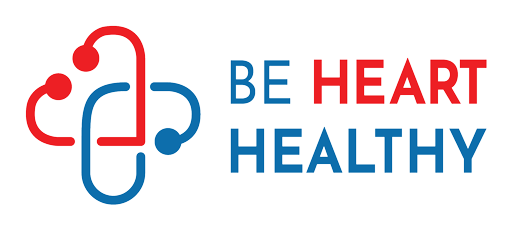Heart failure (HF) is a significant global health issue with a prevalence rate that appears to be rising in the elderly population in the recent several decades (1). A few treatment options are the use of medications, medical gadgets, and heart transplants (2) Although these treatments have increased life expectancies, they are nevertheless subject to drawbacks such as invasiveness, complications of procedures, low efficiency, accessibility, demand for particular tools and methods, expert-level skills, and exorbitant prices (3).
As a result, management techniques that complement this strategy and improve life quality without adding more costs are getting more and more attention. Thermal therapy is a cutting-edge method that uses heat, both with and without submersion in water, to enhance circulatory function and encourage salt and water excretion.
Thermotherapy for rehabilitation of heart
The term “thermo” describes heat that therapeutically raises body temperature in order to have a hemodynamic impact. Thermotherapy refers to all treatment procedures based on the entry or exit of thermal energy from the human body. The main goal of thermotherapy in clinical settings is to obtain an effective treatment result with fewer negative effects on intervening and surrounding tissues (4). It entails sporadically occurring, therapeutic fluctuations in the body’s core temperature that are generally minor (5).
Thermotherapy can involve the use of heat or cold to change the soft tissue’s core, cutaneous, and intra-articular temperatures in an effort to alleviate specific disorders’ symptoms (3). It can be applied therapeutically, at home, at rehabilitation centers, etc.
Advantages
Radiation, convection, and conduction are three ways that heat can reach tissues. The advantages are:
- Heat promotes healing, increases the flexibility of soft tissues, relieves joint soreness, and reduces pain.
- The increased blood supply delivers protein, nutrients, and oxygen to the area of injury, which aids in tissue recovery.
- Deep heating lessens nerve response, improves blood circulation, enhances tissue metabolic activity, reduces muscle spindle sensitivity to flex, and causes muscle relaxation (6). For instance, a 10%–15% rise in specific tissue metabolism is linked to a 1ºC rise in tissue temperature.
- Heat energy delivered to the cells has a major role in determining the amount of early tissue necrosis. The main physiological benefits of heat include vasodilation, higher blood circulation, improved metabolic rate, reduction of muscle spasm, pain alleviation via the gate-control system, reduced ischemia, and enhanced connective tissue flexibility (7).
Therapeutic modalities for heart
Various treatment interventions can be used such as:
- Convection which includes fluid therapy, hydrotherapy and Sauna
- Conversion including radiant heat
- Conductivity including hot pack
The amount of physiologic reaction to heat is determined by a number of factors, involving heat capacity, duration of change in temperature, rate of temperature change, and treated area size (1).
Safety of thermal therapy
Thermal therapy is avoided in certain medical conditions such as unstable angina, acute viral infections, fever of unknown etiology and aortic stenosis. People with fever and certain skin problems, such as abrasions, and rashes, are advised to stay away from saunas. The danger of cardiovascular problems and psychological consequences may rise when alcohol use is combined with sauna use. Because of the hypotensive effects of relaxing after sauna (particularly on diastolic pressure), antihypertensive drugs are not advised to be used right before thermal therapy (8).
All the latest information regarding heart issues and concerns is available online. One of the most popular websites that ensures to take best possible care for your heart is https://behearthealthy.in/contact-us/.
It has a wide range of useful topics providing new insights regarding cardiac care, heart health and cardiologist advice to live a happy, and joyful life. We care for you, so please reach out to us on our social media page for any query: https://www.facebook.com/careforyourheart.in/ and •. https://www.instagram.com/careforyourheart.in/
References:
- Habash et al., Therapeutic heat and cold in cardiac rehabilitation, Physical Therapy and Rehabilitation 2017
- Sanchez-Enrique C, Jorde UP, Gonzalez-Costello J. Heart transplant and mechanical circulatory support in patients with advanced heart failure. Revista espanola de cardiologia (English ed). 2017;70:371–81.
- Drexler H, Fuchs M. Current limitations in treatment of heart failure: new avenues and treatment options. J Cardiovasc Electrophysiol. 2002;13:S53–6
- Electromagnetic Fields and Radiation: Human Bioeffects and Safety. New York, NY: Marcel Dekker. 2001.
- Weber AA and Silver MA. Heat therapy in the management of heart failure. Congest Heart Fail. 2007; 13:81-3.
- Cameron MH. Physical Agents in Rehabilitation: From Research to Practice. Philadelphia: W.B. Saunders. 2003.
- Prentice WE. editor, Therapeutic Modalities in Rehabilitation, 4th ed. New York: McGraw-Hill Medical. 2011
- Ye WN, Thipse M, Mahdi MB, et al. Can heat therapy help patients with heart failure?. Artif Organs. 2020;44:680–692
